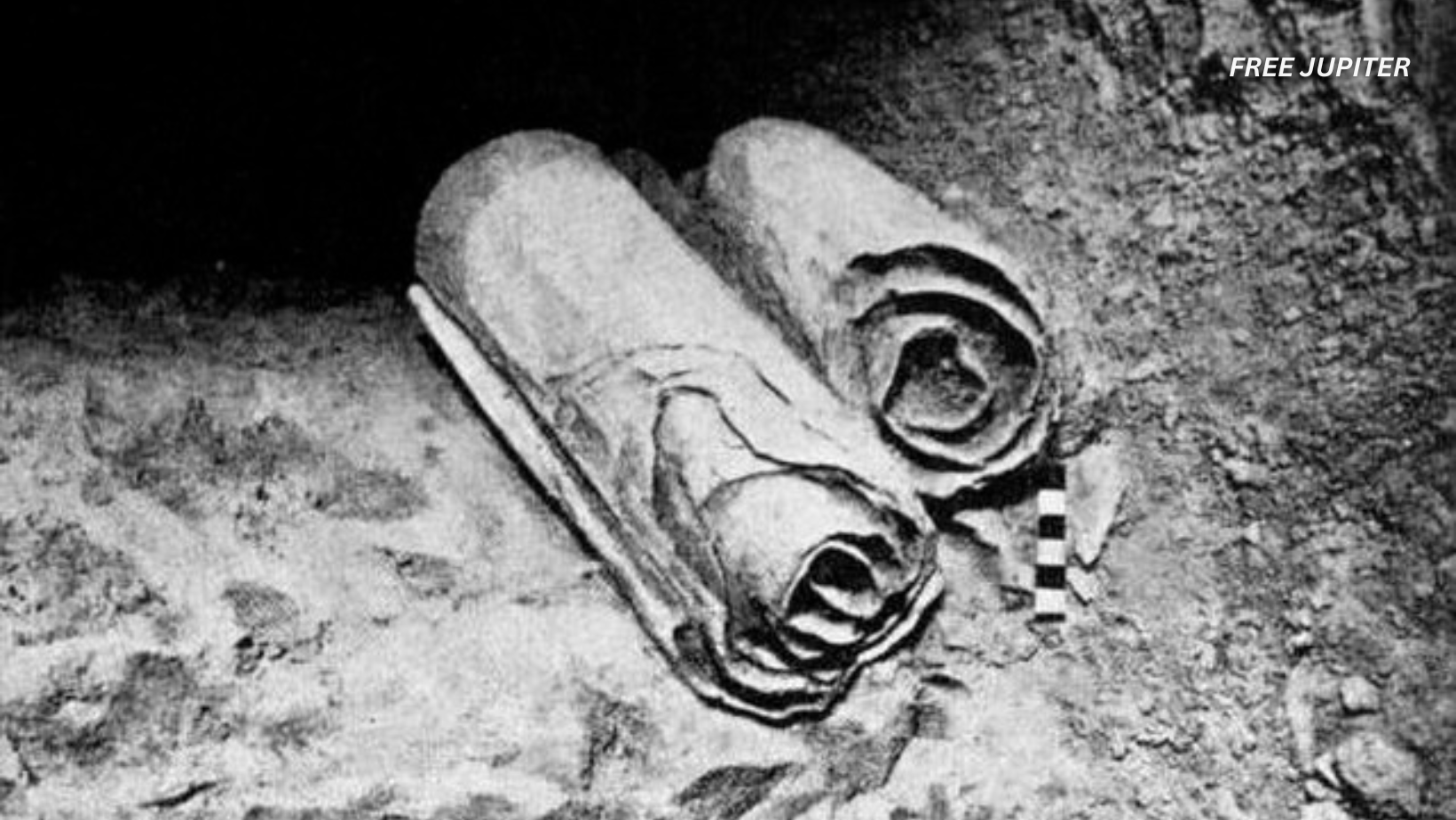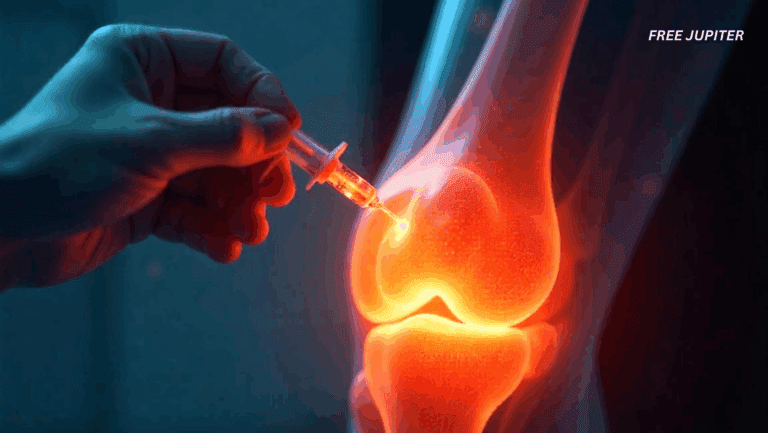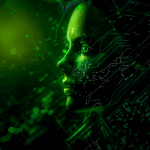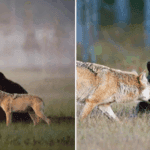The Dead Sea Scrolls have long fascinated scholars, historians, and the public alike. These ancient manuscripts, discovered in the mid-20th century in the arid caves near Qumran in the Judean Desert, are among the most significant archaeological finds of the last century. They offer a rare glimpse into the religious, cultural, and social life of Jewish communities over two millennia ago. Now, groundbreaking research combining cutting-edge radiocarbon dating methods with artificial intelligence (AI) analysis is rewriting the timeline of these enigmatic texts, suggesting that many of the scrolls could be older than previously thought.
The Discovery and Historical Context of the Dead Sea Scrolls
The story of the Dead Sea Scrolls begins in the late 1940s when Bedouin shepherds stumbled upon a series of caves near the Dead Sea, uncovering ancient scrolls hidden away for centuries. These manuscripts include a wide variety of texts: biblical scriptures, sectarian writings, legal documents, and apocalyptic literature. They are primarily written in Hebrew, Aramaic, and Greek.
The scrolls are believed to have been composed and collected between roughly the third century BCE and the second century CE. This period was a time of great religious ferment and political upheaval in Judea, encompassing the Hasmonean dynasty, Roman occupation, and the early development of Jewish sectarian groups such as the Essenes, who are often linked to the Qumran community.
Traditional Dating Methods and Their Limitations
For decades, scholars have relied on two main techniques to date the scrolls: paleography and radiocarbon dating.
- Paleography involves analyzing the style of handwriting to estimate when a text was written. This method depends on comparing letter shapes and writing conventions with other dated manuscripts. While useful, it is inherently subjective and can be influenced by regional variations and scribes’ personal styles.
- Radiocarbon dating measures the decay of carbon-14 isotopes in organic materials such as parchment or papyrus. This scientific technique provides an approximate age range but requires the destruction of a small part of the manuscript, which is a significant drawback given the scrolls’ rarity and fragility.
In the 1950s and again in the 1990s, radiocarbon dating was applied to some scroll fragments. However, these efforts faced challenges. Notably, castor oil was applied to many scrolls in the 1950s to make faded ink more visible. This oily residue contaminated samples, potentially causing inaccurate dates.
Read more: A Rare Ginger Albino Seal Pup Was Spotted on Remote Island
A New Approach: Cleaning Contamination and Combining AI with Radiocarbon Dating
Recognizing these challenges, a team led by Professor Mladen Popović at the University of Groningen undertook a meticulous reassessment of the scrolls’ ages. Their approach was twofold:
- Sample Preparation: The researchers carefully cleaned 30 samples from manuscripts found at four different archaeological sites, removing the castor oil contamination that had previously hindered accurate radiocarbon dating.
- Radiocarbon Dating: After cleaning, 27 samples were successfully dated using improved radiocarbon techniques. The results were surprising: while a few scrolls appeared younger than earlier paleographic estimates, many were older, pushing back the timeline for some texts.
One particularly notable finding involved two handwriting styles—Hasmonean and Herodian scripts—that were thought to have appeared sequentially. The new data suggests these styles coexisted for a much longer period, indicating a more complex scribal culture than previously understood.
Moreover, a manuscript known as 4Q114, containing verses from the Book of Daniel, was dated to the late third century BCE, contemporaneous with the presumed author of the text. This contrasts with earlier beliefs that the scroll was written a generation later, in the late second century BCE.
Enter Enoch: AI’s Role in Manuscript Dating
To further refine dating accuracy, the team developed an innovative AI system called Enoch, named after the biblical figure associated with wisdom and knowledge. This machine-learning model was trained on high-resolution digital images of ink traces from 24 radiocarbon-dated manuscripts.
By analyzing subtle features in the handwriting—such as stroke geometry, ink distribution, and letter formation—Enoch learned to correlate these characteristics with precise radiocarbon dates. When tested on 13 additional manuscript images, Enoch’s predictions matched radiocarbon results 85% of the time, often narrowing the probable date range beyond what radiocarbon dating alone could achieve.
The AI model was then applied to 135 previously undated manuscripts. Impressively, Enoch produced realistic age estimates for 79% of these, as confirmed by expert paleographers. The remaining 21% were likely affected by poor image quality or other data limitations.
One exciting outcome was the dating of a copy of the biblical book Ecclesiastes to the time of its presumed author, a finding that could reshape understanding of the text’s transmission and authenticity.
Read more: A DNA Technique Is Helping To Find Women Who Deserted Their Babies
Why This Matters: Implications for Biblical and Historical Scholarship
The new dating evidence has profound implications for the study of ancient Judaism, early Christianity, and the history of the Hebrew Bible.
- Origins of the Scrolls: The findings challenge the long-standing assumption that most scrolls were written at Qumran itself. Professor Joan Taylor of King’s College London notes that the site was not occupied until later, suggesting many manuscripts originated elsewhere and were brought to the caves for safekeeping.
- Scribal Practices and Cultural Context: The coexistence of Hasmonean and Herodian scripts over an extended period points to a vibrant, overlapping scribal tradition. This complexity enriches our understanding of Jewish textual culture during a formative historical era.
- Dating Biblical Texts: By pushing the dates of some scrolls closer to the lifetimes of their authors, the research supports the idea that certain biblical texts circulated earlier than previously documented. This insight could influence debates about the development and canonization of biblical literature.
Cautions and Future Directions
Despite the excitement, scholars urge caution. Dr. Matthew Collins of the University of Chester highlights that radiocarbon dating reveals the age of the parchment material, not necessarily the exact time the text was written. Parchment could have been stored and reused, complicating the timeline.
Furthermore, the AI model’s training set, while extensive, covers only a fraction of the scrolls and time periods. Expanding the dataset and improving image quality will be essential for refining Enoch’s accuracy.
The Promise of Interdisciplinary Innovation
This research exemplifies the power of combining traditional humanities scholarship with modern technology. By integrating physics, geometry, and machine learning, researchers have crafted a robust, empirically grounded tool that complements human expertise.
Professor Popović describes Enoch as a “time machine,” enabling scholars to metaphorically shake hands with the ancient scribes and place them more precisely in history. This breakthrough opens new doors for studying over a thousand Dead Sea Scrolls manuscripts, many of which remain undated.
Beyond the scrolls, the methodology has potential applications for dating other ancient manuscripts worldwide, from Egyptian papyri to medieval codices, offering a new lens through which to view human history.
Read more: For the First Time Ever, Scientists Discover Water Surrounding a Star Like Our Own
Conclusion: A New Chapter in the Story of the Dead Sea Scrolls
The Dead Sea Scrolls continue to captivate us, not only for their content but for the mysteries surrounding their origin and age. Thanks to innovative research blending improved radiocarbon dating with artificial intelligence, we are now beginning to rewrite the story of these ancient texts.
Many scrolls appear older than previously thought, some possibly written during the lifetimes of their original authors. This challenges existing narratives about their production, provenance, and the cultural milieu of ancient Judea.
As technology advances and more manuscripts are analyzed, the scrolls will undoubtedly yield further secrets, enriching our understanding of religious history and the transmission of sacred texts. In this unfolding story, science and scholarship walk hand in hand, illuminating the past with unprecedented clarity.










